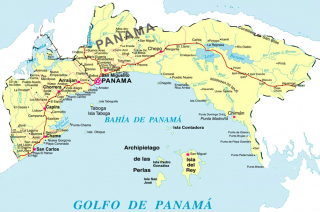Ipeti Embera, Panama
Click on Programs to learn more about their work in this community
General Information
| Population* | 600 |
| Number of homes | 85 |
| Avg # of people per home | |
| Electricity | In some parts, but not all |
| Corregimiento | Torti |
| District | Chepo |
| Corresponding Health Center | Puesto de Salud – Ipeti Embera |
| Distance from compounds | 2 hours from Pro Ninos |
| Road conditions | Below average, dirt road, bumpy |
* Population does not reflect how many patients will be seen on medical
brigades as many people from surrounding communities come seeking
Medical Brigades medical attention.
Expressed Needs and Capacities
The community of Ipeti Embera is well organized and has many established committees and organizations within the village. They currently have a water committee, also well as a parents’ association, an association for the women of Ipeti, as well as the organization Unity and Development of Alto Bayano, Bahupop, as well as several churches. A few areas that community would like improve include the access to clean water, the septic system and latrines, and road conditions.
| Ipeti has one primary school that holds grades one through six. There are 127 students and five teachers. The school has four classrooms, a kitchen and a cafeteria. The school is located in the center of the community. Children travel to Tortí for secondary school. Fifty percent of the population is literate. | 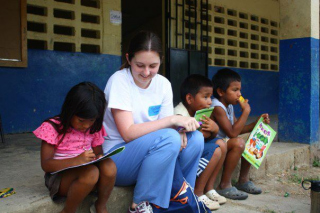 |
| Ipeti Embera has a gravity-run aqueduct water system that was constructed in 2006. There are frequently problems with the dam connected to the aqueduct, and it has been an issue that community and has to deal with regularly. When it runs smoothly, the water runs four days a week, eight hours a day. The water pressure is normal, and the water is chlorinated twice a month. One hundred percent of the population is connected, and each household must pay a one dollar a month maintenance fee. The source of the water is located three and a half hours away. No organizations have ever helped the community with their water system, but they have formed their own water committee. It has three members that meet on a regular basis. |  |
|
Ipeti Embera has its own Centro de Salud (health center) which is located in the center of town. There is one medical assistant as well as three midwives that live in the village. The most common illnesses amongst the men are skin infections, diabetes, high blood pressure, and headaches. The most common amongst women are vaginal infections, skin infections, and the common cold. For dental access, the community must travel to Tortí.
About one percent of the community has latrines, 95% have stoves in their homes, and one percent has cement floors. The community receives medical rounds that come every six months. Outside of this, the community has never received any kind of outside health project. There is no health committee. |
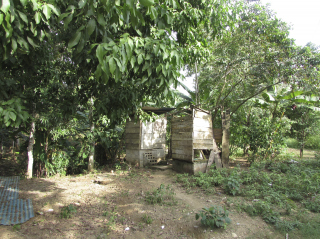 |
| The most common types of livelihood amongst men are agriculture and artisanal crafts. The women usually take care of the home and make traditional crafts. The main crops produced in Ipeti Embera are corn, rice, plantains, and yams. There are six small kiosks in the town. The population has no access to credit within or outside of the community. No one has ever taken out a loan. Peace Corps gave a business education workshop to a group of ten women once. Besides this, the village has never received any other form of business training. |  |
| The community has never had any form of waste management education. Everyone burns their trash or throws it into nearby rivers. Five individuals in the community recycle. No one in the community practices slash and burn, nor does anyone use chemical or organic products on their farms. A reforestation project was done by the organization Unidad y Desarrollo de Alto Bayano. It first started in 2004 and continues to be supported by PENUD. As of February 2012, there was no environmental committee in the community. | 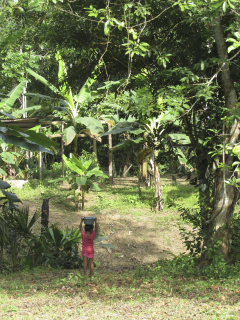 |
There are two lawyers that volunteer their services in the community; one lives in Ipeti Embera and the other in a community close by. Everyone has access to a lawyer. The main type of legal assistance needed is for land protection. The community has never received any educational legal training; however the United Nations did provide workshops on human rights.
As an indigenous Embera community, they have their own leader, el Noko. They also have a local president who meets with presidents from other communities to consult and discuss regional affairs. Almost all issues within the community are solved from within, free from outside assistance. The members live on a piece of collective land that is shared amongst the entire community.
PENUD continues to support the reforestation project in the community.
| The Medical/Dental, Environmental, and Business/Microfinance programs are currently working in Ipeti Embera. The Public Health program has worked there in the past. | 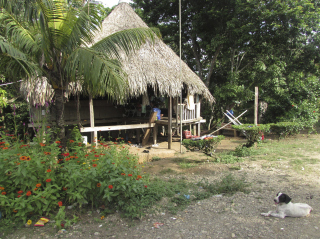 |
Key informant interview
February 2nd, 2012
